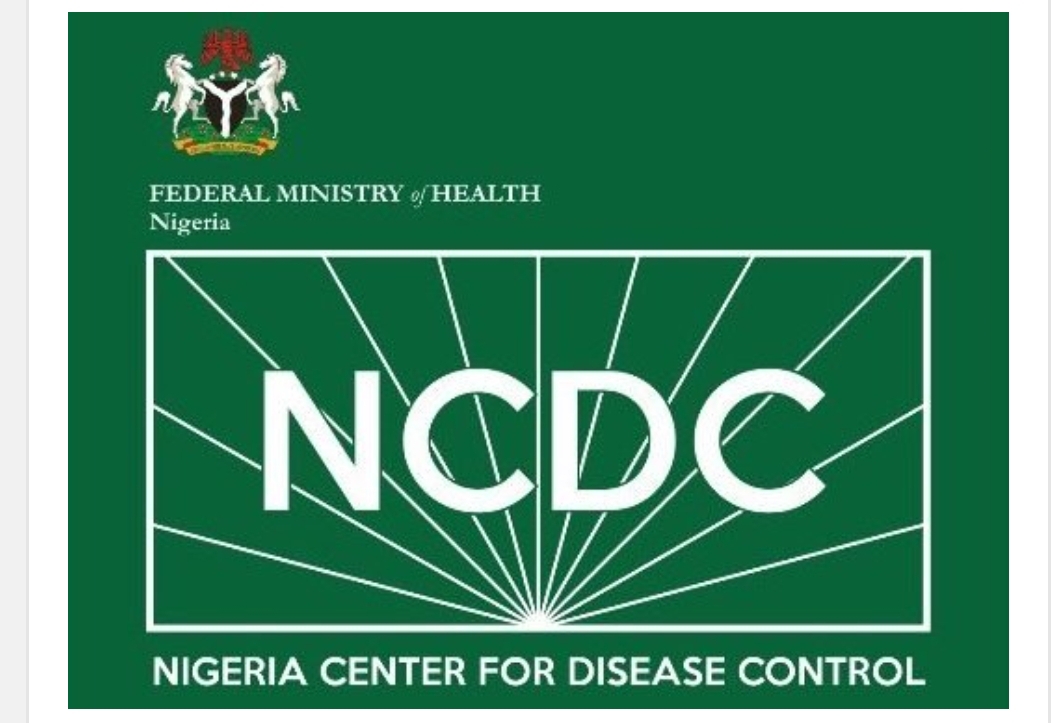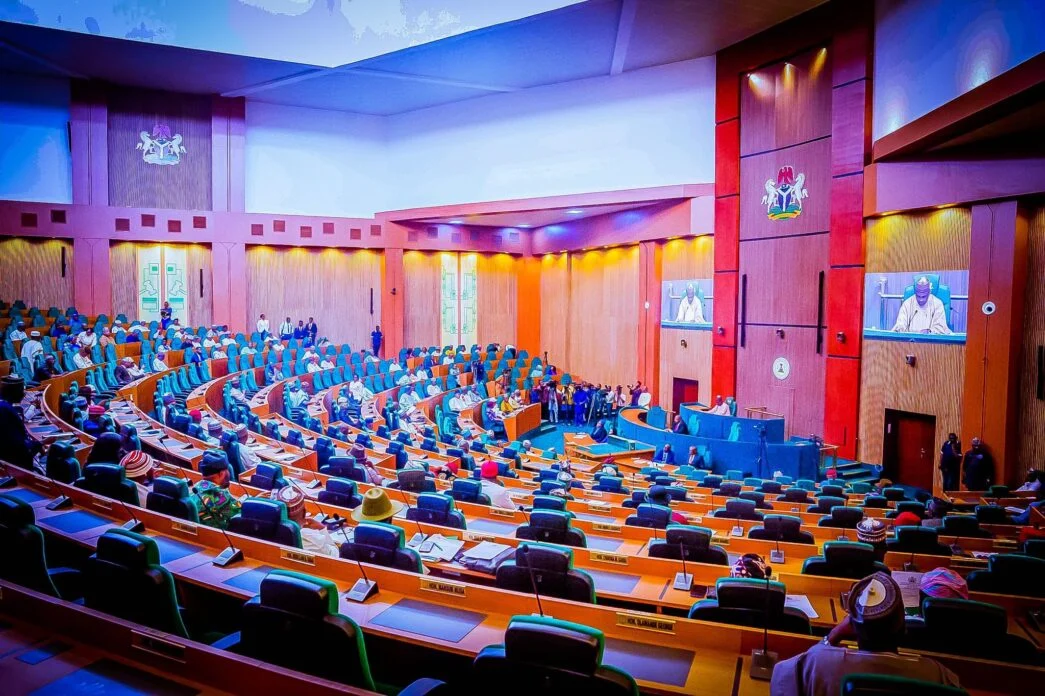Nigeria Lassa Fever Outbreak: Over 100 Deaths Recorded in Q1 2025

Nigeria is grappling with a significant Lassa fever outbreak, with the Nigeria Centre for Disease Control and Prevention (NCDC) reporting alarming figures for the period between January and March 2025. Across 33 states and 91 local government areas, 3,465 suspected cases were recorded, with 645 confirmed and a tragic 118 deaths, resulting in a Case Fatality Rate (CFR) of 18.3%.
The NCDC's Head of Corporate Communication, Sani Datti, highlighted the concerning infection rate among healthcare workers, with 20 cases reported across several states: Ondo (8), Bauchi (4), Edo (1), Taraba (2), Ebonyi (1), Gombe (2), Benue (1), and Ogun (1). This situation underscores the risks faced by those on the front lines of healthcare.
In response to the escalating crisis, the NCDC has deployed Rapid Response Teams (RRTs) to ten states: Kogi, Plateau, Ondo, Edo, Bauchi, Ebonyi, Taraba, Benue, Gombe, and Nasarawa. These teams were initially dispatched for two weeks between January and March 2025 to bolster local response capabilities. Recognizing the evolving nature of the outbreak, the deployments in Edo and Taraba were extended by 10 and 7 days, respectively.
Dr. Jide Idris, the Director General of the NCDC, announced the activation of the Lassa Fever National Emergency Operations Centre (LF-EOC) at Response Level 2. This measure aims to enhance coordination among stakeholders, including federal, state, and local governments, as well as developmental partners. The NCDC has also supplied affected states with essential medical resources, such as Personal Protective Equipment (PPE) and treatment medications, accompanied by state-specific advisories for Lassa fever prevention and control.
Despite these efforts, several challenges continue to impede containment. These include weak community-level surveillance, which hinders early detection, and inadequate human and financial resources for treatment, contact tracing, and active case search at both state and community levels. Treatment centers are experiencing manpower shortages, and many patients delay seeking care, often resorting to self-medication and unorthodox practices, which ultimately prove ineffective.
Dr. Idris urged individuals with suspected Lassa fever symptoms to seek medical attention promptly to improve treatment outcomes. He also called on state governments to support the cost of treatment for Lassa fever and similar diseases, emphasizing the critical role of the private sector in ensuring the provision of essential medical supplies and supporting public health awareness initiatives. He stressed that preventing Lassa fever requires collective action, with every Nigerian playing a role in reducing the spread of the virus.
The NCDC emphasized the importance of healthcare workers consistently applying Infection Prevention and Control (IPC) measures and maintaining a high index of suspicion for Lassa fever. The agency also urged the public to prioritize environmental hygiene, taking measures to prevent rodent infestations in homes, food storage areas, and utensils. This remains one of the most effective ways to curb the spread of the disease.
Lassa fever is a haemorrhagic viral illness caused by contact with food or household items contaminated with rodent urine or faeces. The virus is carried in multimammate rats (the common soft-furred African rat). Symptoms include fever, weakness, muscle and chest pains, sore throat, nausea, vomiting, diarrhoea, cough, and abdominal pain. In severe cases, individuals may bleed from the mouth, nose, eyes, or other parts of the body.








